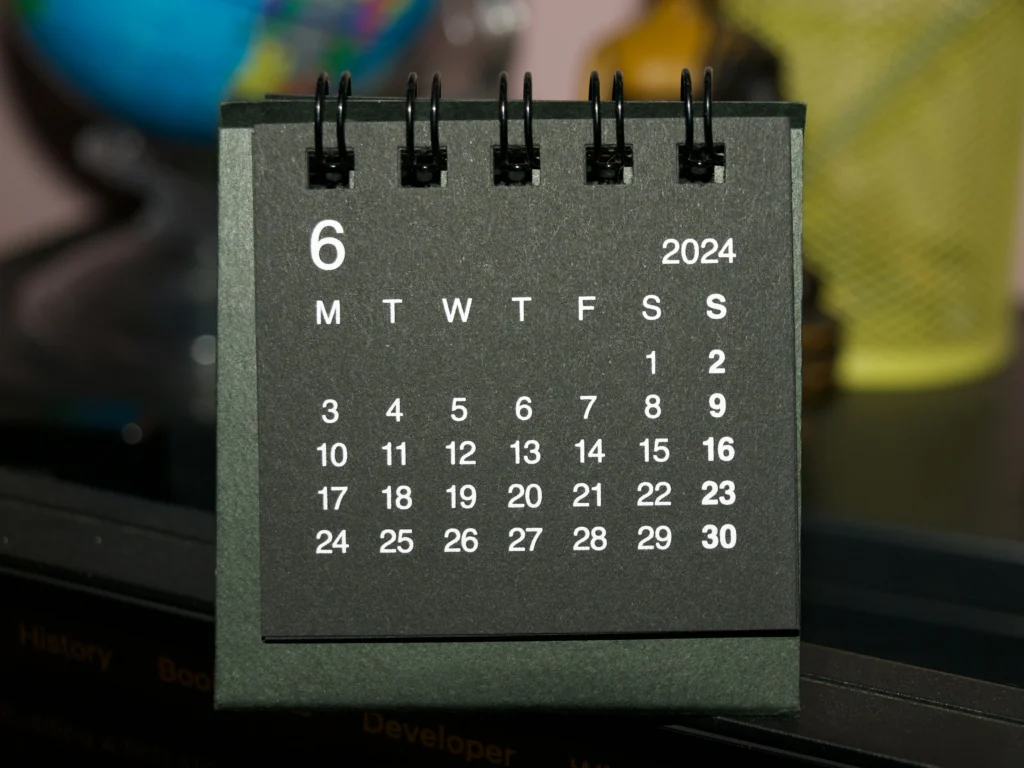
Table of Contents
Scoliosis Awareness Month: Raising Awareness and Promoting Support

What is Scoliosis?
Scoliosis is a medical condition characterized by an abnormal curvature of the spine. Instead of the spine being straight, it may curve sideways in an “S” or “C” shape. This condition can affect individuals of all ages, though it is most commonly diagnosed in children and adolescents.
The Importance of Scoliosis Awareness Month
Scoliosis Awareness Month is observed each June, and its primary goal is to raise awareness about scoliosis and promote early detection and treatment. The awareness month serves as an important reminder to educate the public about this condition, provide support for those living with it, and encourage ongoing research.
What is Scoliosis?
Defining Scoliosis
Scoliosis is a condition where the spine curves sideways, often in an “S” or “C” shape. The curve can develop gradually or suddenly and can vary in severity. In some cases, the curve may be small and not cause symptoms, while in others, the curve can become more pronounced and result in discomfort or even health complications.
Types of Scoliosis
There are three primary types of scoliosis:
- Idiopathic Scoliosis: This is the most common type and has no known cause. It typically develops during adolescence.
- Congenital Scoliosis: This type is present at birth and occurs due to abnormal spinal development during pregnancy.
- Neuromuscular Scoliosis: This type is caused by neurological or muscular conditions, such as cerebral palsy or muscular dystrophy.
Causes of Scoliosis
While many cases of scoliosis have no identifiable cause (idiopathic), other types of scoliosis may stem from factors like birth defects, genetic conditions, or neurological disorders. In some cases, scoliosis may also develop as a result of an injury or infection affecting the spine.
Why is Scoliosis Awareness Important?
The Impact on Health and Quality of Life
Scoliosis can have a significant impact on an individual’s health and daily life, particularly when the curvature is severe. In severe cases, it can lead to back pain, difficulty breathing, and other complications. Early diagnosis and treatment can help prevent the condition from worsening and improve the quality of life for those affected.
Early Detection and Treatment
One of the most important aspects of scoliosis awareness is early detection. Regular screenings, especially during the growth spurts of adolescence, can help identify scoliosis early. This allows for prompt intervention and treatment, which may include physical therapy, bracing, or even surgery in more severe cases.
Dispelling Myths and Misconceptions
There are many myths and misconceptions surrounding scoliosis. For example, some people believe that carrying a heavy backpack or slouching can cause scoliosis, but this is not true. Awareness campaigns during Scoliosis Awareness Month help debunk these myths and provide accurate information to the public.
The History of Scoliosis Awareness Month
The Origins of Scoliosis Awareness Month
Scoliosis Awareness Month was established in 2004 by the Scoliosis Research Society (SRS) in an effort to educate the public about scoliosis and to raise awareness about the importance of early detection. The goal was to provide a platform for patients, caregivers, and healthcare providers to share information and support one another.
Key Milestones in Raising Awareness
Over the years, Scoliosis Awareness Month has grown in significance, with more individuals and organizations joining the movement. Various public figures and celebrities have used their platforms to speak out about scoliosis, bringing even more attention to the cause.
Symptoms and Diagnosis of Scoliosis
Common Symptoms of Scoliosis
The symptoms of scoliosis vary depending on the severity of the curve. Common signs to watch for include:
- Uneven shoulders or waist
- A visible curve in the spine
- One side of the rib cage appearing more prominent than the other
- Back pain or discomfort
How Scoliosis is Diagnosed
Scoliosis is typically diagnosed through physical examinations and imaging tests such as X-rays. In some cases, a doctor may use a specialized tool called a scoliometer to measure the curvature of the spine.
The Role of Screening in Early Detection
Screening programs, particularly in schools, play a critical role in identifying scoliosis early. By catching the condition early, doctors can monitor its progression and recommend appropriate treatment to prevent further complications.
Treatment Options for Scoliosis
Non-Surgical Treatments
For mild cases of scoliosis, non-surgical treatments are often effective. These may include:
- Bracing: A brace may be recommended for adolescents whose bones are still growing. The brace helps prevent the curve from worsening.
- Physical Therapy: Specialized exercises can strengthen the muscles around the spine and improve posture.
Surgical Options
In more severe cases, surgery may be necessary to correct the curvature of the spine. The most common surgical procedure is spinal fusion, which involves fusing the affected vertebrae together to prevent further movement.
The Importance of Personalized Treatment Plans
Because scoliosis affects each individual differently, treatment plans should be tailored to the patient’s specific needs. Factors such as age, the severity of the curve, and overall health are taken into account when determining the best course of action.

Living with Scoliosis
Managing Pain and Discomfort
While many people with scoliosis experience little to no pain, some may struggle with back pain or discomfort. Physical therapy, medication, and lifestyle modifications can help manage these symptoms.














Leave a Reply